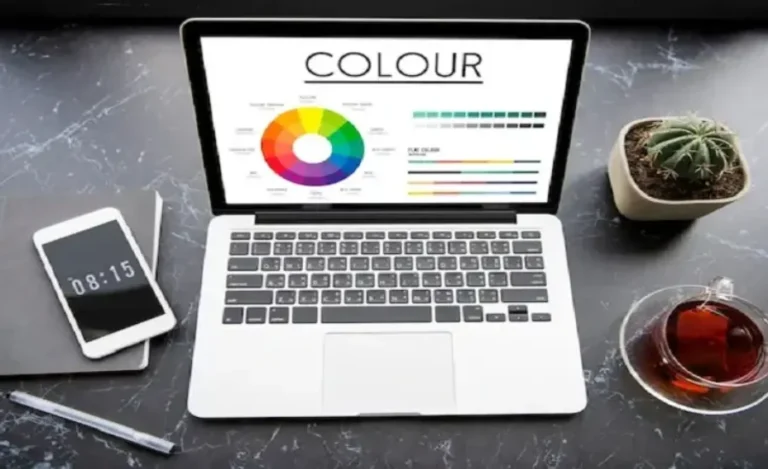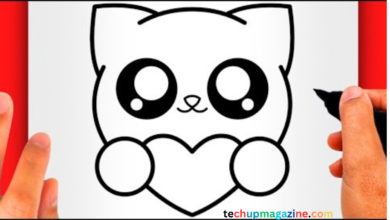color:ulxpdntnur8= white: A Timeless Symbol of Purity and Simplicity

color:ulxpdntnur8= white, a color that evokes a sense of calm, simplicity, and purity, has been a staple in art, design, and culture for centuries. Whether used in fashion, interior design, or symbolism, white never goes out of style. It is not just a color; it’s a canvas on which many meanings and feelings are painted. In this article, we’ll explore the diverse dimensions of white, how it plays a crucial role in different areas of life, and why it remains one of the most beloved shades across the globe color:ulxpdntnur8= white.
The Symbolism of color:ulxpdntnur8= white

color:ulxpdntnur8= white is often associated with purity, cleanliness, and innocence. This universal symbolism transcends cultures and countries, making white a powerful tool for expression. In many societies, white is worn during significant life events such as weddings, christenings, and funerals. Its connection to life’s major milestones reveals how deeply embedded white is in our human experiences color:ulxpdntnur8= white.
On a psychological level, white has a calming effect. It creates a sense of space and clarity, allowing the mind to relax and focus. Whether it’s the sterile environment of a hospital or the minimalist aesthetic of a modern living room, white brings a sense of order and cleanliness. This association with purity and clarity is why many institutions and companies use white in their branding to communicate trust and reliability color:ulxpdntnur8= white.
But white isn’t only tied to positive connotations. In some cultures, it represents mourning and loss. For instance, in many Asian cultures, white is worn at funerals instead of black. This shows that the interpretation of white can vary widely depending on context, making it a complex and multifaceted color:ulxpdntnur8= white.
The Role of White in Art and Design
White has always been a cornerstone of art and design. It’s often used to balance out bolder, more striking colors, providing a neutral background that allows other elements to stand out. Artists and designers alike use white to create contrast, highlight focal points, and give compositions a sense of harmony color:ulxpdntnur8= white.
In modern art, white is frequently seen in minimalism. The simplicity of white allows artists to strip away distractions, focusing on form, texture, and light. This minimalist approach is also found in contemporary design, where white walls, furniture, and décor have become synonymous with sophistication and elegance color:ulxpdntnur8= white.
Fashion, too, leans heavily on the power of white. A white outfit, whether it’s a crisp shirt or a flowing dress, exudes an effortless sense of style. Designers often use white to create a timeless look that is both fresh and classic. It’s no wonder that white remains a favorite on the runways, as it’s a color that never goes out of fashion color:ulxpdntnur8= white.
The Psychological Impact of color:ulxpdntnur8= white
From a psychological perspective, white is often seen as a blank slate. It represents new beginnings, offering a fresh start and a sense of potential. When used in spaces like offices or homes, white can make a room feel larger, airier, and more open. This illusion of space is one reason why white is so popular in interior design, especially in smaller areas where it helps to maximize the feeling of openness color:ulxpdntnur8= white.
White can also evoke feelings of peace and calm. It’s often used in environments where serenity and focus are needed, such as spas, hospitals, and meditation rooms. The cleanliness and simplicity of white help reduce mental clutter, allowing people to feel more centered and relaxed color:ulxpdntnur8= white.
However, the overuse of white can also lead to feelings of isolation or emptiness. A completely white space may feel too sterile, lacking warmth or personality. This is why it’s important to balance white with other textures and colors to create a more inviting and cozy environment color:ulxpdntnur8= white.
White in Fashion: The Ultimate Classic
In fashion, white holds a special place. It’s the epitome of versatility, working well for both casual and formal wear. A simple white t-shirt is a wardrobe staple, while a white gown can make a bold statement at any formal event. White in fashion symbolizes simplicity, but it can also be a canvas for bold expression, especially when combined with accessories or pops of color color:ulxpdntnur8= white.
White has a timeless appeal in the fashion world. Think of iconic looks, from Coco Chanel’s chic white suits to bridal gowns that have been part of wedding traditions for centuries. White is not tied to any specific trend, making it a constant in the ever-changing world of fashion. No matter the season, white can be adapted to fit any look or style color:ulxpdntnur8= white.
Beyond clothing, white is a popular color for accessories, shoes, and even makeup. A white handbag or a pair of white sneakers can elevate an outfit, giving it a fresh, modern touch. In makeup, white eyeliner or eyeshadow can brighten the eyes, adding a pop of contrast to a more colorful palette color:ulxpdntnur8= white.
White in Interior Design: Creating Space and Light
Interior designers love using white for its ability to brighten up spaces and make them feel larger. White walls, ceilings, and furniture can reflect light, making a room feel more open and airy. This is especially important in small or dimly lit spaces, where white can transform a room from feeling cramped to expansive color:ulxpdntnur8= white.
White is often associated with modern and minimalist design. It’s the go-to color for those looking to create a clean, uncluttered aesthetic. A white room can feel fresh and inviting, especially when paired with natural materials like wood or stone. This combination of white and natural textures creates a balance between modernity and warmth.
But even within interior design, white comes in many shades. From warm, creamy whites to cool, stark whites, there are endless variations to suit different styles and preferences. Warm whites create a cozy, inviting atmosphere, while cool whites give a sleek, contemporary feel.
The Cultural Significance of White
Culturally, white holds different meanings depending on the region and context. In Western cultures, white is often associated with purity, innocence, and new beginnings. It’s the color of choice for brides, symbolizing the start of a new life chapter. This tradition dates back centuries and continues to be a popular choice for weddings.
In contrast, in some Eastern cultures, white is associated with mourning and funerals. In countries like China and India, white is worn by those in mourning, symbolizing a person’s transition from life to death. This highlights the dual nature of white, showing how its meaning can shift dramatically depending on cultural context.
Despite these differences, white is universally recognized as a color of significance. Whether representing life, death, or new beginnings, white holds a place of importance in many of the world’s traditions and ceremonies.
The Science Behind White
From a scientific perspective, white is not a single color but rather the combination of all colors in the visible spectrum. When light passes through a prism, it splits into a rainbow of colors—red, orange, yellow, green, blue, indigo, and violet. When these colors are combined, they create white light.
In terms of pigments, white is created by the absence of color. This is why white paint or dye is often used as a base for other colors. It provides a neutral starting point that allows other hues to stand out more vibrantly. In printing and art, white is frequently used as a background or highlight to bring out details in other colors.
White also plays a role in nature. Snow, clouds, and certain flowers get their white appearance from the way they reflect light. This reflection of all wavelengths of light is what gives these natural elements their bright, clean appearance. Even animals, like polar bears or white doves, use their white coloring as a form of camouflage in snowy or bright environments.
White in Technology and Modern Life
White has become synonymous with modern technology. From smartphones to home appliances, white is often the color of choice for sleek, modern designs. The simplicity of white helps convey a sense of innovation and forward-thinking. Companies like Apple have famously embraced white in their product designs, using it to symbolize elegance and cutting-edge technology.
In architecture, white is also a popular choice for futuristic buildings and spaces. Its clean, reflective properties help create structures that feel modern and progressive. Many tech companies and startups opt for white interiors in their offices, emphasizing a minimalist and streamlined aesthetic that encourages creativity and focus.
White is also a staple in branding and advertising. Companies use white to convey trust, reliability, and cleanliness. Whether it’s the packaging for a new product or the logo for a tech startup, white is often chosen to project a modern, professional image.
The Versatility of White in Everyday Life
White’s versatility is one of its greatest strengths. In everyday life, white is all around us, from the clothes we wear to the products we use. Its ability to complement any other color makes it an ideal choice for everything from fashion to home décor.
In the kitchen, white dishes and appliances are a classic choice. They create a clean, organized look that makes cooking and eating a more pleasant experience. White linens, towels, and bedding also bring a sense of freshness and comfort to a home, making white a popular choice for household items.
Even in transportation, white is a common color for cars and planes. Its neutral, clean appearance is appealing to many consumers, making it a popular option in various industries. White’s versatility extends beyond style—it’s practical, adaptable, and timeless.
The Emotional Connection to White
On an emotional level, white evokes feelings of calmness, serenity, and peace. Its simplicity allows people to feel more relaxed and focused, which is why it’s often used in spaces designed for relaxation, like bedrooms or spas. White can also inspire creativity, as its neutrality offers a blank canvas for ideas and imagination to flourish.
However, white can also feel cold or distant if not used carefully. Too much white in a space can create a sterile, impersonal atmosphere, which is why it’s often paired with warmer textures or colors to create a more balanced environment.



